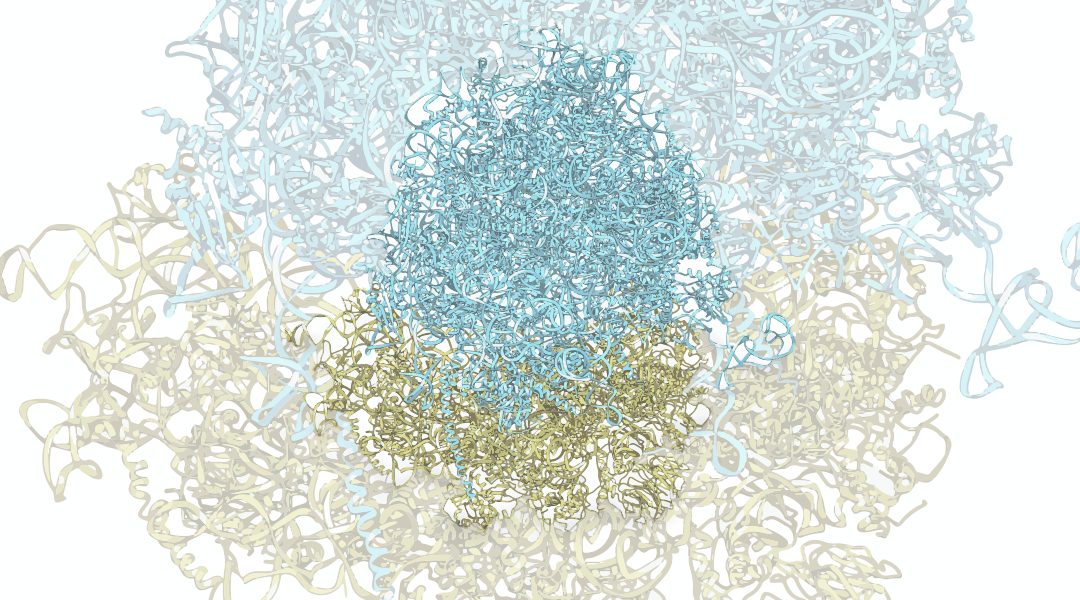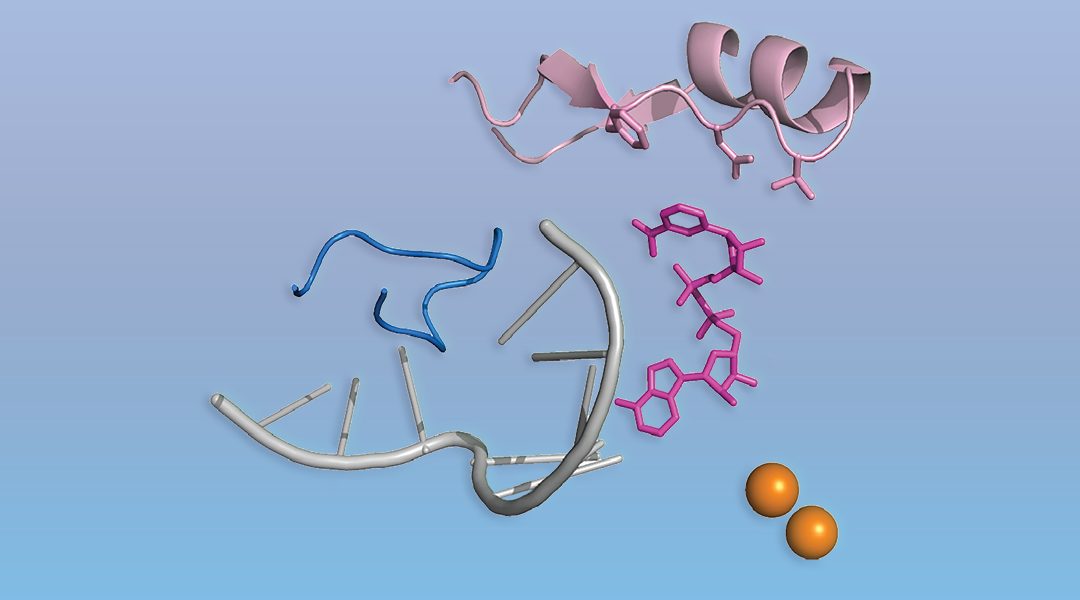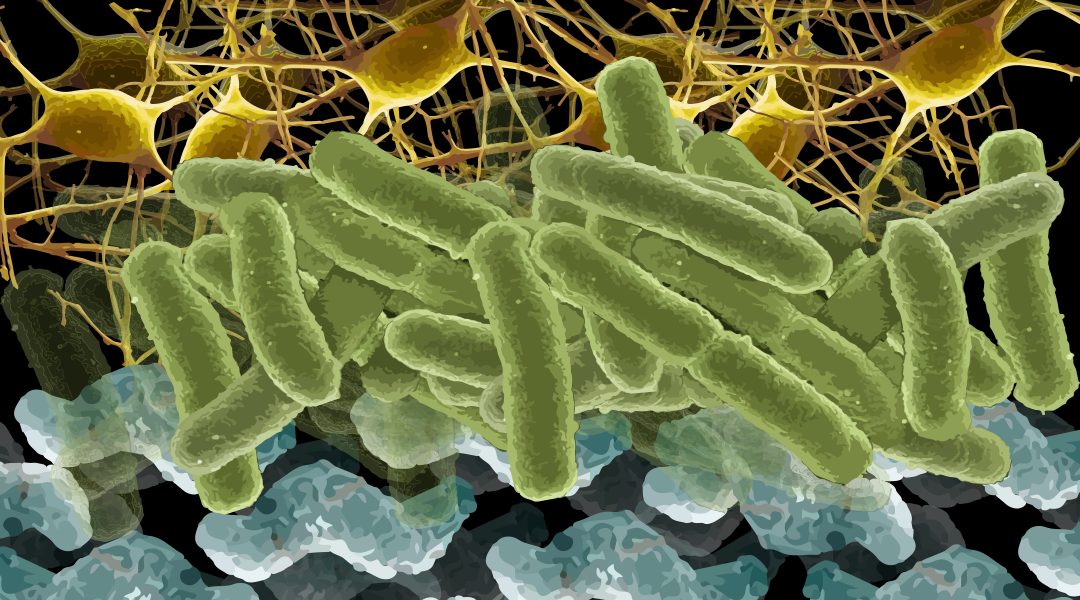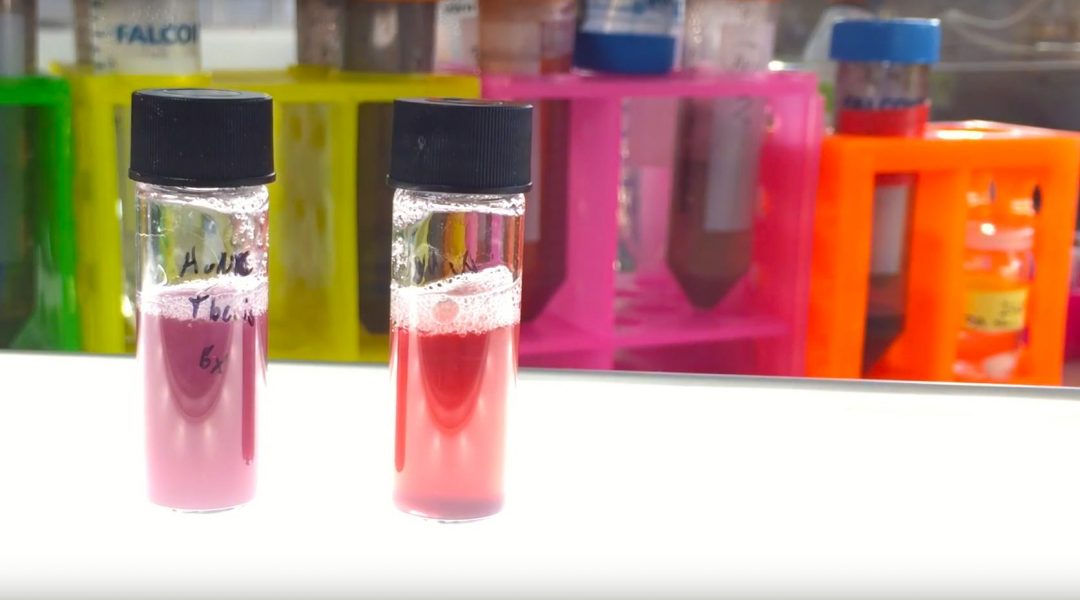Poxviruses are an unusual family of large double‐stranded (ds) DNA viruses that exhibit an incredible degree of self‐sufficiency and complexity in their replication and immune evasion strategies.


Poxviruses are an unusual family of large double‐stranded (ds) DNA viruses that exhibit an incredible degree of self‐sufficiency and complexity in their replication and immune evasion strategies.

Robert Langer talking about the future of drug delivery systems, his philosophy, and his efforts to make the world a better place.

Respiratory syncytial virus (RSV) is well recognized as a primary cause for lower respiratory infection or bronchiolitis in infancy, but how many events coded as bronchiolitis are actually attributable to RSV?

A new type of 5′‐RNA cap was discovered, and in contrast to the specialized eukaryotic m7G cap, the novel caps are abundant cellular cofactors like NAD+.

Alexander Klimovich and Thomas Bosch discuss current knowledge on the function of the nervous system in Hydra and the interactions between neurons and microbes.

Coffee-ring effect inspires oriented self-assembly of metal–organic frameworks for sweat biosensors.

Frank Caruso on nanomaterials for the future of medicine.

A team of Russian scientists developed an OCT system with angiography for everyday clinical use.

A visible color change occurs when active nanocomposites are heated and re-cooled, which is attributed to the mobility of the nanoparticles embedded inside the material.

In “The Substance of Climate,” the author seeks to assess literature that helps bridge the conceptual gap, bringing immediate personal experiences of climate into focus.